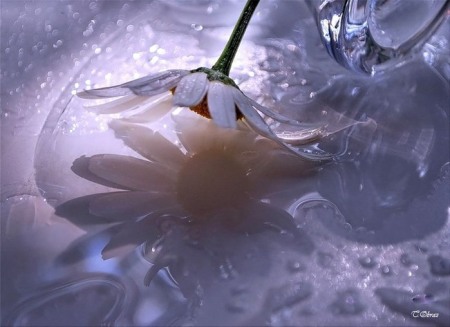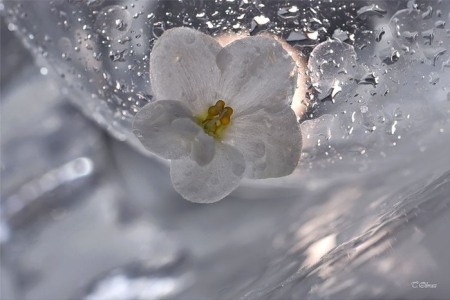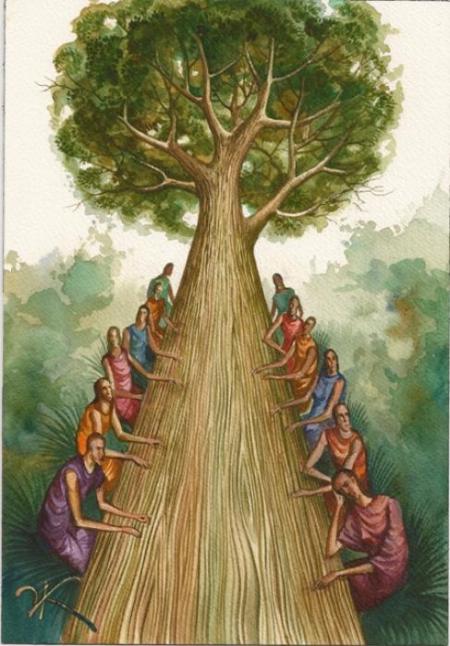Archive for Art
Expression of hands
Posted in Art with tags Art, expressions, hands, Love, Pictures on 19/03/2011 by AlinaLady Gaga Painting
Posted in Art with tags Art, lady gaga, painting, talent on 28/02/2011 by AlinaI love her talent.Bravo,McNally!!!!Enjoy it! 😉
One year in 2 minutes
Posted in Art with tags 2 minutes, Art, Nature on 29/01/2011 by AlinaEirik Solheim was made this great video!In only 2 minutes he show us the beauty of the nature.Thank you Eirik!You can also visit his blog here and you can discover how he worked to creat this beautiful video.Enjoy it! 🙂
Hungry of art!
Posted in Art with tags Art, creat, feel, hungry, imagination on 28/01/2011 by AlinaArt means to use your mind and to creat what you think,what you feel,what you want to express.
Flowers,the rain,the sky… help us to creat something that we like,something that we imagine.
For exemple:you hear a song and you close your eyes…What do you imagine?What do you feel when you hear this song?Try to draw what you imagine when you hear this song!You will be surprised of your imagination 😉

Willie Ronis
Posted in photography with tags Art, France, photography on 02/06/2010 by Alina
Willy Ronis (August 14, 1910 – September 12, 2009) was a French photographer, the best-known of whose work shows life in post-war Paris and Provence. He was born in Paris; his father was a Jewish refugee from Odessa, and his mother was a refugee from Lithuania, both escaped from the pogroms. His father opened a photography studio in Montmartre, and his mother gave piano lessons. The boy’s early interest was music and he hoped to become a composer.
Illusions
Posted in Art with tags Art, illusion, imagination, our life, our world on 10/04/2010 by AlinaThe bonsai
Posted in Flowers with tags Art, Nature, our world, plant, tree on 26/02/2010 by AlinaBonsai is the art of growing trees, or woody plants shaped as trees, in containers. Bonsai is sometimes confused with dwarfing, but dwarfing more accurately refers to researching and creating cultivars of plant material that are permanent, genetic miniatures of existing species. Bonsai does not need genetically dwarfed trees, but rather depends on growing small trees from regular stock and seeds. Bonsai uses cultivation techniques like pruning, root reduction, potting, defoliation, and grafting to produce small trees that mimic the shape and style of mature, full-sized trees.
The purposes of bonsai are primarily contemplation (for the viewer) and the pleasant exercise of effort and ingenuity (for the grower). By contrast with other plant-related practices, bonsai is not intended for production of food, for medicine, or for creating yard-sized or park-sized landscapes. As a result, the scope of bonsai practice is narrow and focused on long-term cultivation and shaping of one or more small trees in a single container.
‘Bonsai’ is a Japanese pronunciation of the earlier Chinese term penzai. A ‘bon’ is a tray-like pot typically used in bonsai culture. The word bonsai is sometimes used as an umbrella term for all miniature trees in containers or pots, but this article focuses primarily on bonsai as defined in the Japanese tradition. Similar practices in other cultures include the Chinese tradition of penjing.
Container-grown plants, including trees and many other plant types, have a history stretching back at least to the early times of Egyptian culture. Pictorial records from around 4000 BC show trees growing in containers cut into rock. Pharaoh Ramesses III donated gardens consisting of potted olives, date palms, and other plants to hundreds of temples. Pre-Common-Era India used container-grown trees for medicine and food.
The word penzai first appeared in writing in China during the Jin Dynasty, in the period 265AD – 420AD. Over time, the practice developed into new forms in various parts of China, Japan, Korea, Vietnam and Thailand.
At first, the Japanese used miniaturized trees grown in containers to decorate their homes and gardens. Around 1800, the Japanese changed the term they used for this art to their pronunciation of the Chinese penzai with its connotation of a shallower container where the Japanese could now style small trees.
The most common styles include formal upright, informal upright, slanting, semi-cascade, cascade, raft, literati, and group/forest. Less common forms include windswept, weeping, split-trunk, and driftwood styles.





























































































